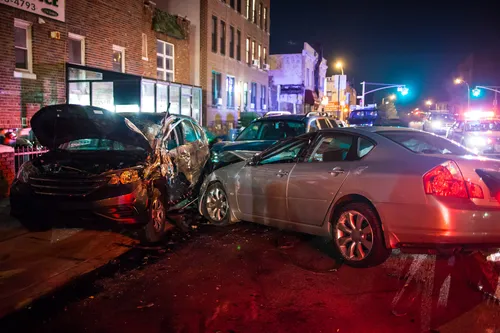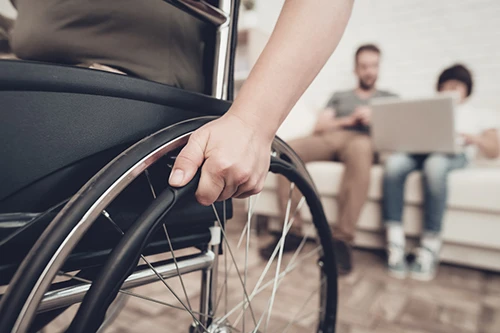We are edging closer to a self-driving future. Tesla, Audi, Mercedes-Benz, Toyota, Volvo, and Volkswagon are all manufacturers that are either working on the deployment of automated vehicles or already have the vehicles on the road. There are several benefits to a self-driving vehicle: they are eco-friendly, they are roomier, and the potential for human error is largely removed, making the roads safer.
In fact, according to Tesla’s Q3 2018 Vehicle Safety Report, over the past quarter, Telsa registered one accident or “crash-like event” (near misses) for every 3.34 million miles driven for autopilot users and 1.92 million miles driven for autopilot disengaged. Compare these numbers to the National Highway Traffic Safety Administration’s most recent data for vehicle safety, where an automobile crash occurred every 492,000 miles.
However, what if an accident involving your autonomous vehicle occurs? It is inevitable. Let’s refer to the 2018 accident involving Uber’s test self-driving vehicle. On March 18, 49-year-old Elaine Herzberg was struck by a self-driving car operated by Uber, marking it the first time an automated vehicle killed a person by force of impact. The woman had jaywalked across the street, having emerged “from the shadows”. As a result, Uber’s vehicle did not detect her.
Instead of facing a long, grueling lawsuit, in order to save face, Uber pulled their self-driving vehicles and settled with the Herzberg estate. Would the ride-sharing company have been held liable? The answer to that is currently up in the air, to the point the incident is being used as a case study at Stanford Law.
So who would be liable? Would it be the driver of the other vehicle, the manufacturer, or you?
When it is the fault of the driver
In most self-driving vehicle accidents caused by the autonomous vehicle, the liability falls on the driver. In a California-based study of autonomous vehicle traffic accidents between 2014 and 2018, when in autonomous mode (and moving) the self-driving car was held liable for just 1 out of 38 out accidents. In conventional mode, the self-driving car was held liable for 6 of the 19 accidents.
In other words, in conventional mode, there are definitely a few more self-driving human-based accidents. Back in 2016, a Tesla driver was killed in an accident involving an 18-wheeler the Tesla failed to distinguish and didn’t stop for. While it could have been the fault of the Tesla, it has been stated by the company that autopilot is not perfect, and drivers need to pay attention to the road and have both hands on the wheel. Unfortunately, the victim of the accident did not remain alert on the road and was instead watching Harry Potter.
Even though autonomous vehicles are improving all the time, the driver needs to remain alert in order to avoid any potential accidents, otherwise the driver will be at fault.
When it is the fault of the other vehicle/pedestrian
Regarding pedestrians, especially the Arizona case previously mentioned, it could be the fault of the pedestrian if they were not exercising the basic pedestrian rules – look both ways before crossing the road, wear reflective clothing (if accessible), follow signs where possible, and avoid jaywalking. In the case of Herzberg, she was not detected as she came out of the shadows and jaywalked, meaning that the accident was potentially unavoidable. But she could be likely held at least partially at-fault, since the vehicle still failed to notice her presence.
As for other vehicles being considered at fault when involved in an autonomous car accident, this one is a bit clearer. If the other driver’s car hits the self-driving vehicle, then the fault lies on the driver. Yet, if the autonomous vehicle slams into the driver with no warning and faulty sensors, then it is the fault of the autonomous car.
When it is the fault of the autonomous vehicle (and the manufacturer).
It is the fault of the company under certain conditions – unless the manufacturer is able to shield themselves legally through an agreement – which include:
- Hitting other cars when the driver should have been attentive.
- A faulty part causing an accident.
- Bugs in the code of the vehicle’s software.
- Software that isn’t effective.
If any of these happenstances occur, the manufacturer can be held liable.
No matter what, stay careful!
Whether you are the proud owner of a self-driving car, a pedestrian, or the driver of another vehicle, you need to exercise caution. If you’re driving, have both hands on the wheel, no matter what you’re driving. If you’re a pedestrian, look both ways across the street and use a crosswalk whenever you can.



